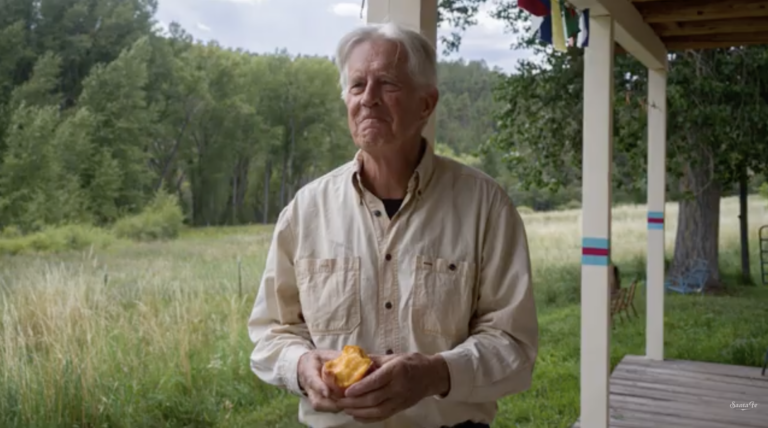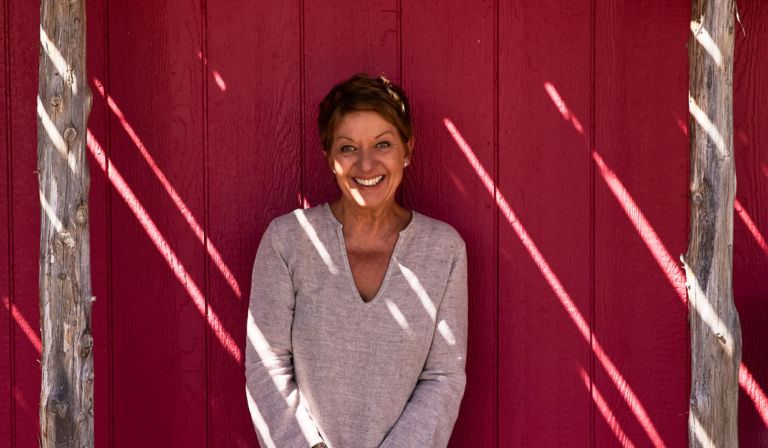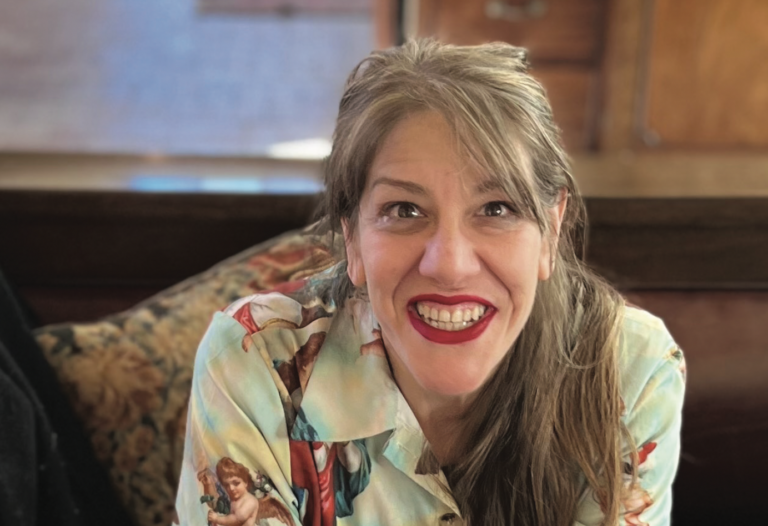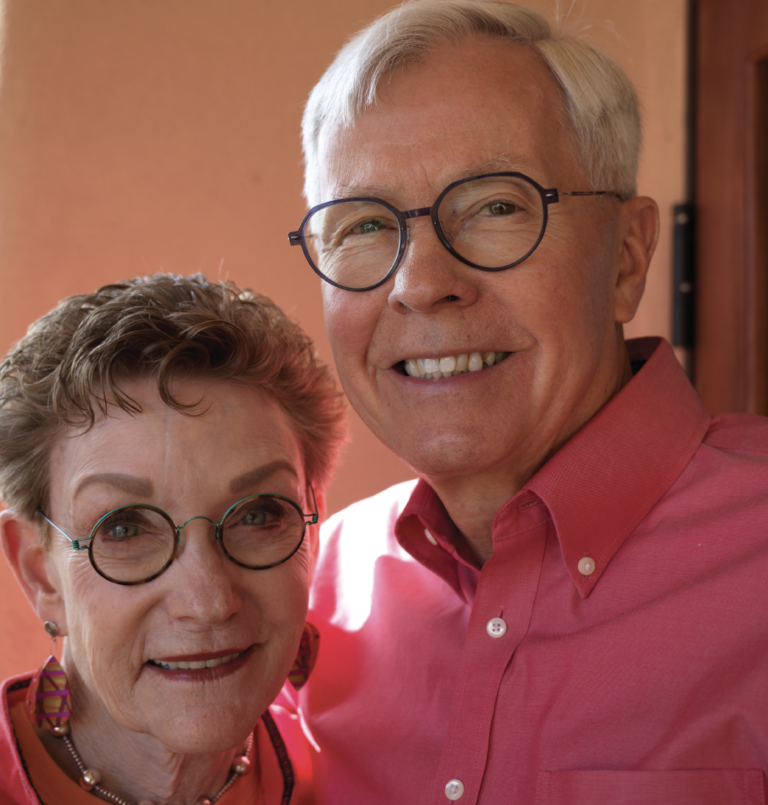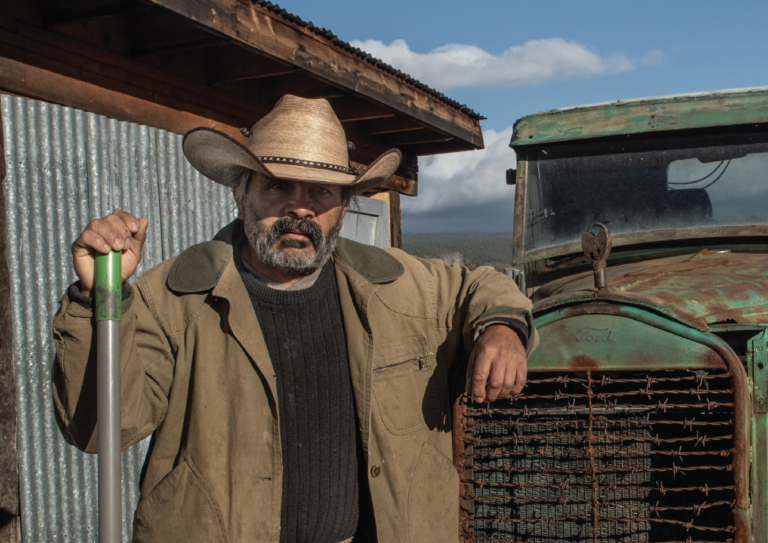Their hordes would hide a prairie from horizon to horizon, great heads and storm-cloud shoulders, a torrent of life – How many are left? —ROBINSON JEFFERS
THREE HOURS NORTH OF SANTA FE, on the border of Colorado, lies 550,000 of re-wilded lands that are home to the purest bison in America. Vermejo Reserve is dedicated to their preservation.
On the ranches, the bison are left alone to graze on grass year-round, doing pretty much what they did 100 years ago. Vermejo is also home to elk, pronghorn, black bear, beaver and mountain lion, all managed in an Eden-like ecosytem. The Preserve is owned by media entrepreneur Ted Turner, who rescued it from Pennzoil 25 years ago.
To keep the herds of bison and elk sustainable, some are used for meat.
I can hear you already: Oh, so the wealthy founder of CNN has some playground where they hunt bison?
Well, it turns out Ted Turner is quite a bit different than most media moguls. At age nine, after reading a National Geographic article, he decided that he wanted to save the bison. He asked his dad how and his dad told him he’d need to make a lot of money. Check.
Next, his mentor Jacques Cousteau encouraged him to continue on the path of becoming a dedicated environmentalist and philanthropist. Check. Now at Vermejo, he’s doing something that has never been done before – bringing back bison on a massive scale.
Turner’s grandson, Robert, now manages the herds. He started out as a wildlife guide and couldn’t be more perfect for the bison job. A powerful, gentle man, he actually could be a bison in human form. Robert has one goal at Vermejo: To get people out in these beautiful environments. Then he believes they’ll be transformed, and when they go home, they’ll be inspired to care for the earth and will make different, better decisions.
You are in charge of bison.
Yes, we have just over 1000 strong. They are the Castle Rock herd, named after the Castle Rock region of Vermejo. They’re the closest thing to pure bison that are left in the United States. Even more pure than even the Yellowstone herds. They’ve been on this land over 100 years.
We try to be as hands off as we can be with the bison, let them migrate around the property as they normally would. There are no fences here.
We keep all the herds in their natural family groups. It keeps them happy, in a good frame of mind. And every spring, we have new calves. The calves stay with their moms and self-wean. Again, we don’t get involved with that – we let them do their thing.
We do vaccinate them every year. They are very susceptible to Brucellosis, so we protect against that. Every year, they are tagged, dewormed, and are given vaccinations for 7-way clostridial, 4-way viral, and mycoplasma vaccinations. That’s the most involved that we get.
How did you get interested in bison?
I’ve been working on bison ranches since 2016. As soon as I started, I fell in love with these animals. The more you work with them the more you figure them and the more they figure you out. Boy, do they watch you closely.
If I were to try to move them right now, they’d respond to me differently than they would to you.
I don’t doubt that.
But we don’t move them unnecessarily. We practice low-stress wildlife handling techniques. That means getting the animals to think what we want them to do is what they want to do. That it’s their idea. Which is not hard, because we’re basically getting them to do what they would naturally do. But working with them like this makes their temperament so much better.
When we do move them, it’s in their natural migration, so we just get them started. They migrate a long ways – hundreds of miles. And they’re fast – I’ve clocked them on my ATV at 45 miles per hour. And I’ve seen these guys jump from standing still to a fence post 9 feet high.
And the bison are better for the land than cattle, correct?
The bison have pointed hooves, shaped to compact the soil into mini rain catchments, creating places for seeds to germinate. Cattle have flat hooves that just compress the earth.
Plus, bison are nomads – they really graze. Cattle will stay in one place and eat the grass down to nothing. Then the sun ruins the topsoil. But bison keep moving. When we bought this land, all of these fields were dirt. But we put the bison out there and in a few years, there’s grass everywhere. They naturally regenerate the soil.
We have graduate students on the ranch now studying exactly how they improve the land. With everything we’re facing with water in the American West today, it’s critical that we stop overgrazing the land and regenerate the land.
You hunt the bison for meat. Why not just let them be?
When we first got the land, it was overgrazed with cattle and the rivers banks were blown up because there were so many elk and bison. Everything was completely out of balance. That is not good for any of the animals.
Today, the elk are down to 7000, and the bison are at 1000. Since we got them to a better population, the beaver have come back, building dams, pooling water where red willows now grow. It looks completely different that just a few years ago. Beaver are really good at riverbank restoration, by the way.
So it’s the same with bison. Our in-house biologists worked with state and federal experts to determine the ideal drought year maximum number of 1000. And so, to manage that herd size, we do hunts every year.
My feeling is, if you’re going to eat meat, this is what you should be eating. It’s healthier for you, leaner, and highly nutrient-dense, packed with protein, fat, and iron.
And it’s delicious.
You have the guest lodge here, are there any education programs here?
For 14 years, we’ve partnered with Cimarron Schools for a Spring Science Field Day, where our scientists host stations related to our conservation work. We talk about wildlife, aquatics, forestry, geology, history, botany, wildland fire, riparian ecosystems, range monitoring, bison, history, even how a windmill pump works.
And like I said, we have several graduate students doing work around migration and mountain lion predation studies.
Predation?
Yeah, they’ve found that mountain lions will make a kill, then the bears will come by and steal it.
The bears are lazy.
The bears are smart.
We also help 16 other ranches with their bison. We hold meetings to discuss management style and grazing experiments. It’s a good consortium of ideas. We all want what’s best for the animals and what’s best for the land.
This is basically like a national park.
Yes sir. It’s incredible to see the bison at home on their land. If you see this and you don’t come away from this with a greater appreciation of the landscape and the wildlife, you’re doing something wrong.
More at TedTurnerReserves.com
Photo SFM



